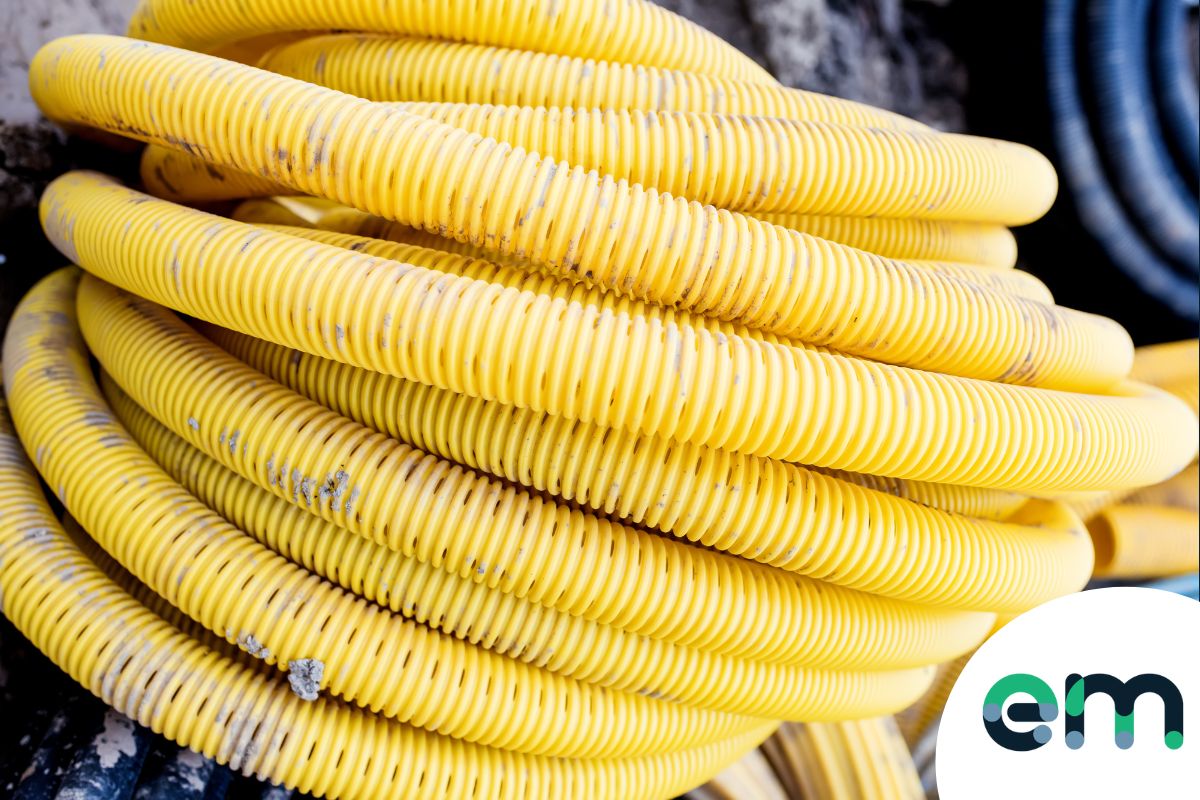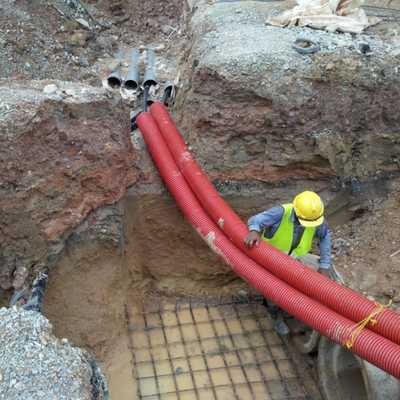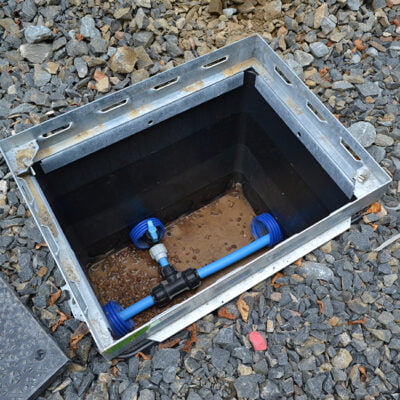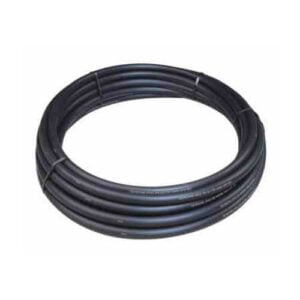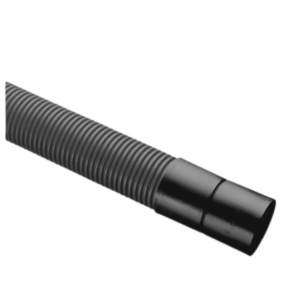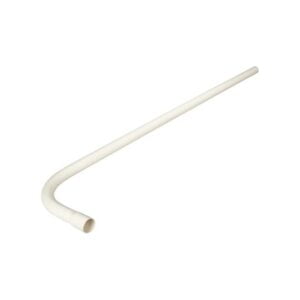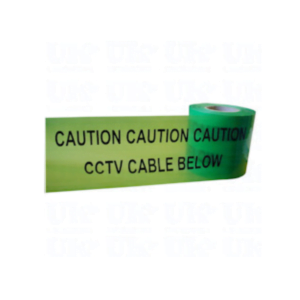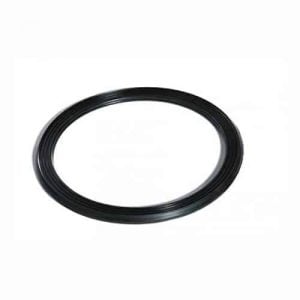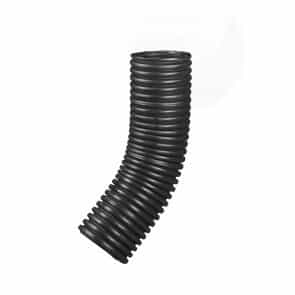No products in the basket.
Blog
The Ins and Outs of Underground Ducting
A quick guide to Underground Ducting
Underground cables and pipes are essential for the vast majority of commercial and residential buildings, enabling vital utilities such as electricity, gas and water to flow to and from properties, and providing fundamental connections to internet and telephone services. They also help to ensure that everything from CCTV, street lights to speed cameras run smoothly, so to minimise service disruption and protect the safety of people and wildlife in both rural and urban areas, it’s absolutely crucial that cables and pipes are encased within strong and long-lasting underground ducting, which is a twin walled pipe made from heavy duty polyethylene which will protect the services running within the ducting while they’re underground.
Benefits
Burying cables and pipes is by far the most practical solution when it comes to supplying properties with basic amenities, as there are millions of miles of cable in the UK alone which would take up a vast area of space and cause countless hazards if left above ground. With the addition of underground ducting, underground cables and pipes are significantly safer too, as ducts offer multiple benefits including:
Protection – Durable, professionally manufactured ducts ensure that underground pipes and cables are protected from exposure to environmental factors and weathering, and they stop plants and roots from directly wrapping around cables and causing issues. As well as protection when digging.
Insulation – It provides space and protection for pipe lagging insulation.
Safety – Ducting underground also alerts others of the presence of vital services which can prevent people from touching cables and pipes, or accidentally digging into them. They also prevent accidental or intentional tampering from people or wildlife, significantly reducing the risk of harmful contact – such as electric shocks from electricity cables – which in some cases can be fatal.
Time saving – Via correctly colour coded ductwork, anyone excavating land or carrying out repair work can also easily identify which ducting pipe is protecting which utility, which can save a significant amount of operational time and costs. Ducting is also usually installed prior to services being connected, which means the surrounding ground can be leveled without waiting for multiple service providers to complete connections and thereby avoiding unnecessary delays to your construction deadlines. It also means that cables / pipework can be removed and new replaced within the duct pipes easily.
Installation advice
When running pipes and cables through underground ducting, it’s imperative that you choose the right ducting for the job before you begin. This is a legal requirement as building regulations in the UK dictate that you must use certain types and colours of ducting under ground to protect different types of pipes and cabling. For quick reference, here’s a general guide:
- Black or red cable ducting pipe is used for electricity cables and power supplies
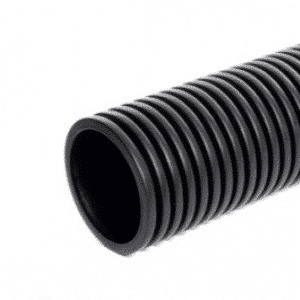
- Orange ducting must be used for street lighting or traffic signals
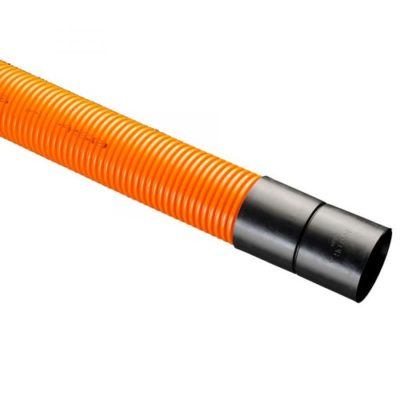
- Purple ducting is reserved for motorway communications such as traffic cameras, and it’s also used for street lighting in Scotland
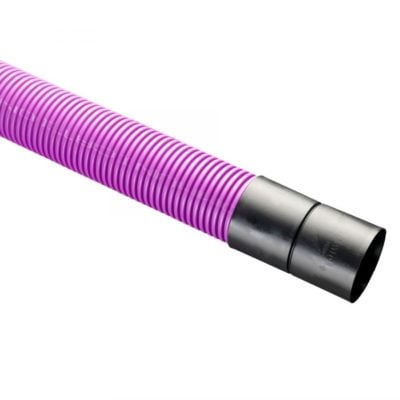
- Yellow gas pipe ducting should only be used to protect gas pipes
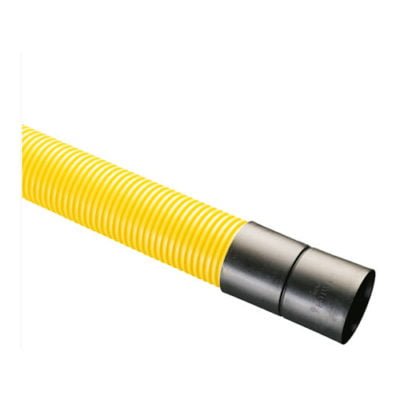
- Blue water pipe ducting is utilised for water pipes
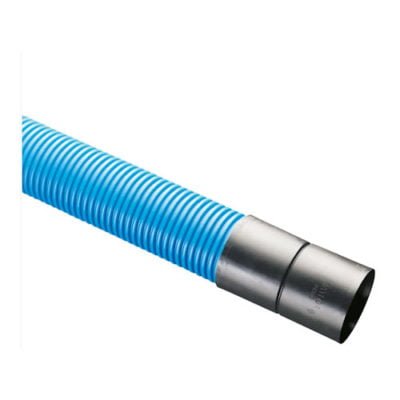
- Green fibre optic ducting is used for CCTV
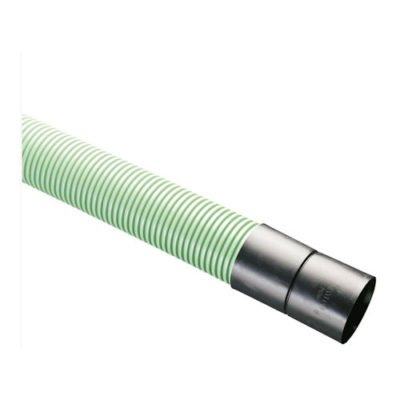
- Grey PVC ducting is a “general purpose” duct pipe, usually for telephone cables.
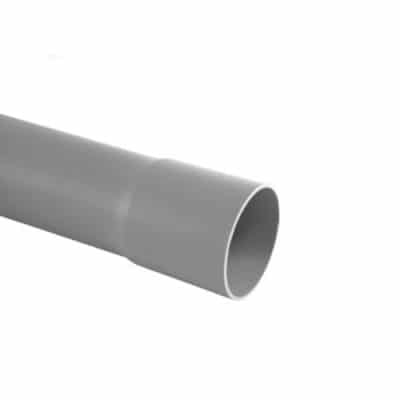
Before burying cables with protective pipework, you also need to carefully choose the ideal Installation area – where possible, below a pathway is usually the preferred placement – and ensure that no other utilities run through your proposed installation route by marking where cables or pipes are installed using a locating device and accurate land plan.
It’s also important that you check relevant legislation for the minimal burial depth of specific underground cables as different utilities must be installed at varied depths for ongoing safety. You should obtain this information from the local utility companies, however as a general guide, red or black ducting usually needs to be at a depth between 450mm – 1200mm, blue underground ducting should be installed at a depth of 750mm, green ducting needs to be between 250mm and 350mm, and grey ducting needs a depth of 350mm.
In advance of digging trenches for ducting, you should also ensure that the utilities you’re installing are switched off for your safety, and only switch them on if you’re checking for connection issues. It’s also recommended that you install ducting with as few bends as possible. Inspection points should be planned and added for maintenance purposes, and usually a warning tape will be laid in the ground above the pipework to warn anyone digging that there is a buried pipe below.
For more extensive installation guidance, the government site Street Works UK provides a wealth of information on the positioning of underground cables, as well as a number of other useful resources and details of legal guidelines.
Checking ducting
If you need to inspect underground ducting for potential damage, before excavating a large volume of soil you should first carry out an initial risk assessment and consider whether the surrounding soil is known to contain chemicals that could potentially cause corrosion, or if there have been any recent incidents or events that could have expedited corrosion or damage. Once you’re ready to carry out an inspection, ensure that all utilities are switched off well in advance of any digging so you can be certain that there’s no longer anything such as gas or electricity flowing through the system before you begin.
For your own safety, always carry out visual checks to assess the condition of ducting rather than touching it directly, and specifically look for any signs of breakages, fraying, material thinning, holes or ducting cracks, or issues with connections.
If you spot damage and conclude that ducting does need to be removed and replaced, you can find expert guidance on how to carry out safe repairs within the NJUG Guidelines of Third Party Cable Ducting, which are available to download here.
UK Tested and Approved 
At EasyMerchant we offer a wide range of both rigid and flexible ducting in a varied selection of colours for common applications, including gas pipe ducting, twinwall electrical cable ducting, water pipe ducting, twinwall fibre optic ducting for CCTV, streetlight/traffic signal ducting, and motorway communications ducting. Whichever type of ducting you need for the job in hand, we’ve got you covered, and for added peace of mind every single duct pipe we sell has been tested and approved for use in the UK.
